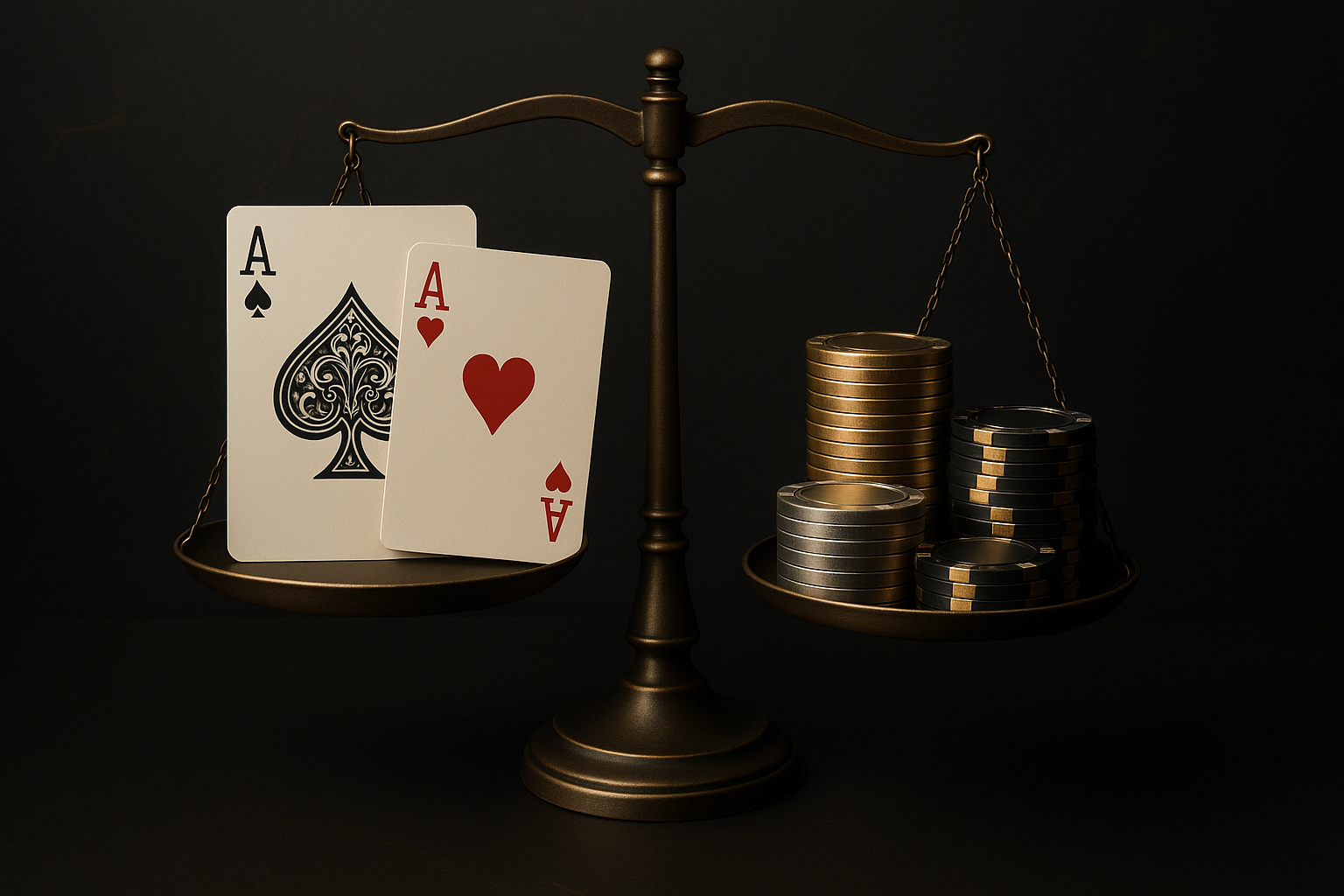A huge part of becoming a successful recreational player is identifying and exploiting weaknesses in your opponents. Below are 5 of the most common mistakes of recreational poker players and amateur poker players and some poker strategy tips on how to attack them:
1) Tilt
The reality of poker is that losing a big pot, bad draws, getting a bad beat, or being berated by another player might cause a poker player to play on tilt. When this happens, they are much more likely to make bad decisions and play poorly.
One of the most important things to do when playing against a player on tilt is to play more aggressively with a big hand. By putting pressure on your opponent, you increase the chances of them making poor decisions.
The best way to exploit this weakness is to size up on your value bets. When a player is on tilt, they are more likely to call bets with weak hands as they are looking to reclaim lost chips. You can take advantage by increasing your standard bet sizing by 25%+ on every street.
Wait for a player on tilt to make mistakes and capitalize on them. They tend to make mistakes like overbetting, overcalling, or making bad bluffs. Be patient and wait for them to make a mistake, then pounce on the opportunity.
2) Lack of Aggression
Some players are too passive and fail to take control of the table. They may check or call too often, and rarely raise or bet. While some beginner poker players may have a more aggressive style, this is not nearly as common.
When you notice a player folding frequently to c-bets and not defending their big blind at a reasonable frequency, you should play more aggressively. This is especially true later in tournaments when blinds grow and pots get exponentially larger.
You should look to play more pots in position with passive players. This allows you to play more hands, as your opponent is less likely to bet aggressively out of position and put you in tough spots. If a passive player suddenly puts in a big raise, they’re rarely bluffing and it’s usually best to hit the brakes without a strong holding.
3) Failure to Adapt
A lot of players have a rigid playing style and fail to adapt to changing circumstances. They may continue to play the same way even when the table dynamics have shifted.
To exploit a player who fails to adapt, you should pay close attention to their playing style and their reactions and adjust your own accordingly. If they are playing tight, you can loosen up and play more hands. If they are playing aggressively, you can tighten up and wait for a strong hand.
Pay attention to their bet sizing patterns!If you notice that they always bet a certain amount with a certain type of hand, you can use this to your advantage by making larger bets or raises when you have a stronger hand. Some players bet larger when buffing and smaller when betting for value – while others do the opposite. Paying attention to other player’s hands when they go to showdown will help you piece together how they think about a hand and how they construct their bet sizings.
4) Overplaying Hands
Your opponent might fall in love with their hand during a poker game and refuse to fold even when it’s clear that they are beat. They may continue to bet and raise, even on wet boards.
To exploit a player who is overplaying their hand, you should play more cautiously with marginal holdings. Wait for a strong hand and then take advantage of their overconfidence by letting them continue betting and build the pot.
Players that overplay their hands are often reluctant to fold top pair by the river and may even play smaller pairs aggressively. When you have a big hand in these situations, you can bet a bit larger as the chances that this type of player will fold to a big river bet are smaller.
5) Lack of Positional Awareness
Position is a critical aspect of poker, and some players fail to recognize its importance. They may play too many hands out of position or fail to take advantage of their position when they have it.
A dead give away of this type of player is someone that tends to limp into pots from early and middle positions. By limping into pots early, you are exposing yourself to raises and leaving dead money in the pot.
You can attack this type of player during a poker game by attacking their weak limping ranges with raises and playing pots with them in position.
Wrapping it Up
The majority of poker players have some type of weakness or Achilles heel. By understanding and exploiting the most common mistakes of your opponents, you can gain a big advantage each time that you sit down at the table.
Whether it’s capitalizing on their tilt, over-aggression, or lack of position awareness, the key is to stay focused, patient, and disciplined. So, the next time you sit down at the poker table, keep these strategies in mind and get ready to develop your poker skills and rake in the chips!









